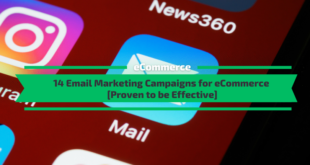Customers are the lifeblood of every business. Especially if you’ve got a new online store, you’re desperate for new customers to turn that side project into a proper business. In the following guide, I will show you 21 proven marketing channels to bring customers to your store in 2021.
Read on to find out the best way to find new customers for your e-commerce store, which are the best 21 marketing channels in 2021, and a blueprint on finding the best marketing channel for your e-commerce business.
Table of Contents
What are the best ways to find new customers?
There is no right answer. It depends on your business’s size, the people you are selling to, and how long your store has been around.
When you’re just starting, you can increase sales by reaching out to family and friends. But for an eCommerce business with $1 million in revenues, that approach probably won’t move the needle.
Luckily you’re not the first store facing this challenge!
So here is the framework to find the best marketing channels that work for your eCommerce store. In the end, I’ve included an overview of all the possible channels you can use to get traction.
21 Marketing Channels To Get New Customers in 2021
Below you can find a list of channels that are relevant for eCommerce. Most channels aren’t stand-alone, which means that success in one channel will very likely be beneficial for another one as well.
Creating great content, for example, might also help attract attention on Facebook and get you backlinks, which will benefit your SEO.
I’ve added a short description for every marketing channel and an example of an eCommerce store making this marketing channel work for them.
1. Messaging apps
Mobile messaging apps have evolved beyond short, simple text messages. Facebook Messenger in North America, WhatsApp in Europe, and WeChat in China allow more than 5 billion users per month to share photos, audio snippets, videos, and links. Marketers can also use these features to get their message to their customers — as Clarks and Hellman’s have done.
Some marketers have used chatbots to interact with users through their messaging apps. These programs deliver pre-set responses based on the content of the user’s messages. Other companies use live operators or connect users with experts who can answer their questions in real-time.
Works best for: All kinds of stores.
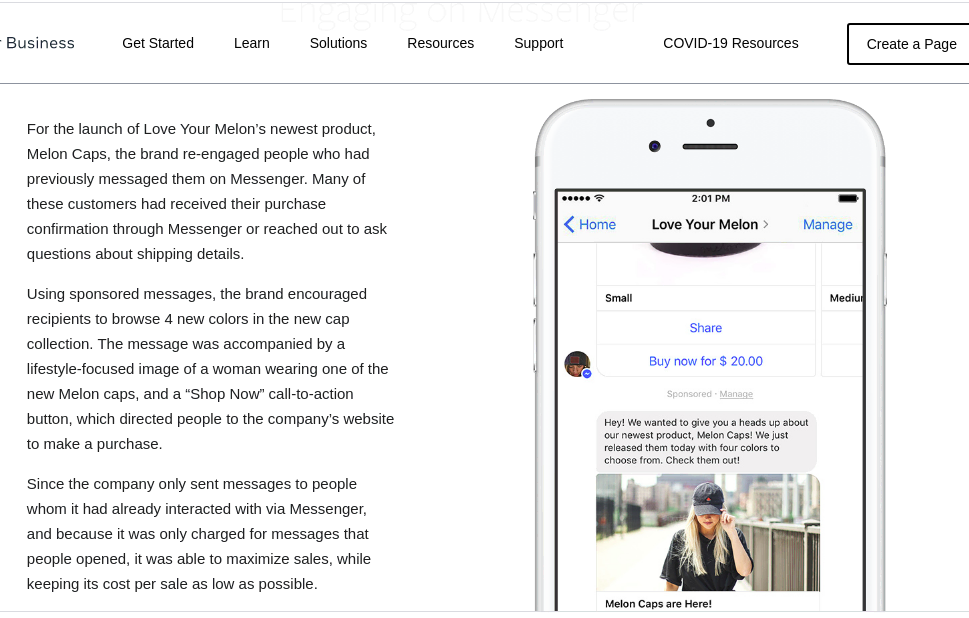
2. Smart voice assistants
The growing popularity of smart voice assistants like Alexa, Google Home, and Siri gives brands a new way to interact with their customers and clients.
Dozens of companies have developed “skills” for Amazon’s Alexa virtual assistant platform. Fitness buffs can use Alexa’s skills to create a workout or plan a healthy meal. Simultaneously, those more inclined toward watching a movie and ordering pizza can also use Alexa to request a movie from Netflix or Amazon Prime and place an order with Pizza Hut or Domino’s.
Works best for: Established stores with a large clientele.
3. Wearables
Wearable technology can range from visual overlays on eyeglasses, to audio information fed into Bluetooth headsets, to smartwatches that can monitor everything from the wearer’s heart rate to their stock portfolio. The most trending wearables are fitness trackers, smartwatches, kids’ activity trackers with GPS, smart rings, and medical wearables. The total number of connected wearable devices worldwide is expected to exceed 1.1 billion by 2022.
For instance, wearables can gather data on a user’s in-store experience, such as the items they browse, their time in a store, the average value of their items, and deliver messages that match those qualities.
Works best for: Large stores that may have a physical presence.
4. Affiliate marketing
Affiliate marketing is performance-based marketing, where a third party will drive traffic to your website, and you pay a commission for every sale that results from this traffic. That means, if someone buys something through your affiliate referral links, you get paid. If not, you don’t. It’s as simple as that.
Works best for: All kinds of digital stores where fast results are expected.
Our recommended readings on Affiliate Marketing for eCommerce:
5. Influencers & Micro-influencers
Influencer marketing uses endorsements and product mentions from influencers–individuals who have a dedicated social following and are viewed as experts within their niche. Influencer marketing works because of the high trust that social influencers have built up with their following. Their recommendations work as a form of social proof to your brand’s potential customers.
According to a Linqia report, 89% of marketers found influencer content valuable or valuable. And 57% of marketers believe that influencer content outperforms professional content. Another Linqia report found that at least 56% of marketers use influencer marketing to drive traffic to their site or landing page. These stats prove that influencer marketing plays a valuable role in a brand’s content marketing strategy and driving website traffic.
Works best for: All kinds of digital stores.
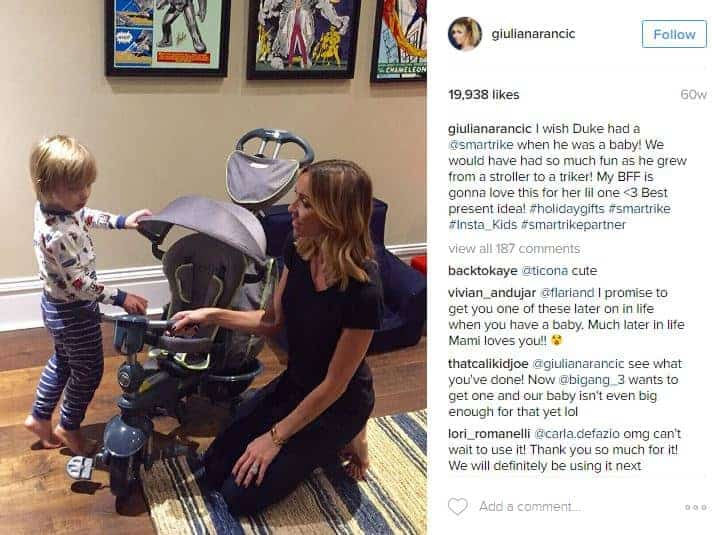
6. Retargeting
Retargeting is an advertising strategy based on a visit to your site. When visitors visit your site, a small piece of code tracks their movements. When they leave your site, the code springs into action. It displays ads related to the product your visitor was considering. Seven out of ten customers abandon their shopping carts before completing their purchases. Retargeting helps fight cart abandonment and improve sales.
Let us go over the statistics:
- When performed correctly, retargeting works very well. 70% of visitors to your site are more likely to convert if they see a retargeted ad.
- Retargeted ads have a 10 times higher click-through rate than standard ads.
Retargeting is highly effective if you have a well-thought-out strategy going forward.
Works best for: Stores that have a medium-large advertising budget.

7. CPA Marketing
You’ve learned about Affiliate marketing, but now I would like to tell you about CPA marketing for e-Commerce. It might be the most scalable and ROI-positive way to get more guaranteed sales. CPA marketing allows you to only pay per the sale that occurs at a rate you determine. Fortunately for you, most e-commerce businesses don’t know about CPA marketing. It’s a hidden gem that can bring you fast results and give you an edge over your competition.
Works best for: All kinds of stores where fast results are expected.
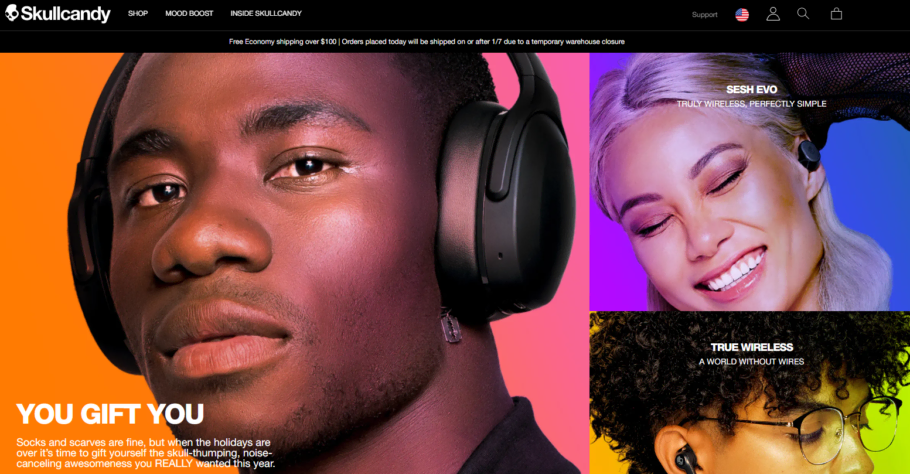
Our recommended readings on CPA Marketing for eCommerce:
8. SEO
This is the process of getting your website to rank higher in the search results. This is often done by creating useful content that attracts customers and links. In 2021 you should pay attention besides backlinks and awesome content to technical SEO, especially the user experience and core vitals signals.
Works best for: All kinds of stores.
Our recommended readings on SEO for e-commerce:
9. Blogger outreach
By connecting with relevant blogs in your space, you’re able to gain more exposure for your store. The most important thing is to deliver something of value to the blogger that you’ll be pitching. This could be providing a couple of products for a giveaway on their site or sending them free gear to review.
Works best for: All kinds of stores.
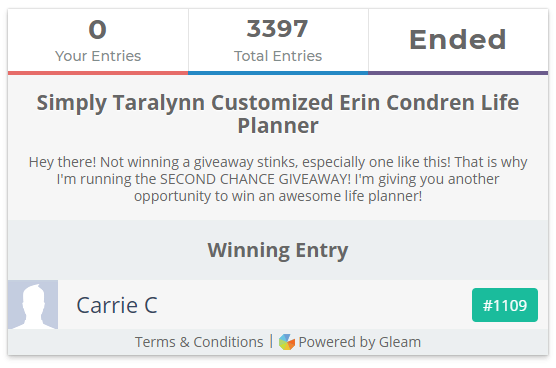
10. Content marketing
You attract potential customers by creating content that resonates with them. This can be text articles, images, or videos.
Works best for: Stores with a medium-large budget that don’t expect results immediately.
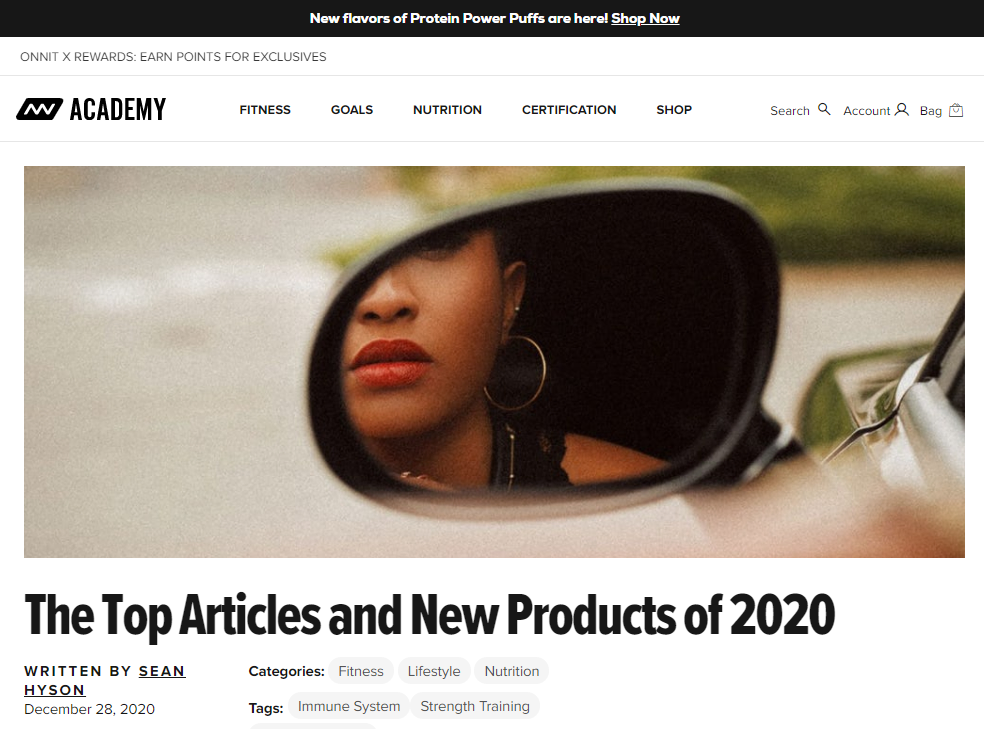
11. Viral marketing
Viral marketing is all about getting your content, idea, or story to spread. These often are the most bizarre, scary, or extraordinary things. This is a challenging channel to get right, and your first try will probably not be a home run.
Works best for: Stores that have niched and/or unique products.
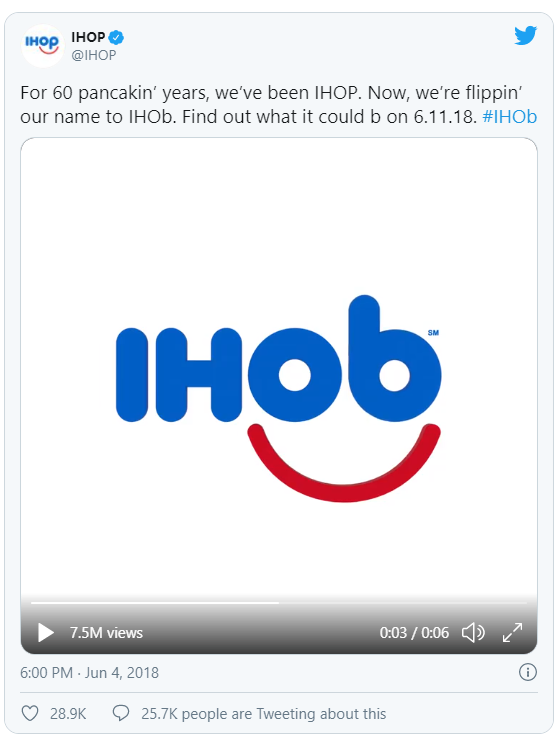
12. Email marketing
Email marketing has been around for decades and continues to be one of the most preferred channels for marketers. This is likely because email continues to be the preferred communication channel for consumers as well. According to Acesira, almost 68% of teenagers and 73% of millennials prefer emails for receiving communication from brands or businesses.
By collecting the email addresses of prospects or customers and engaging them with exciting content or great offers, you can stay top of mind and generate revenue.
Personalize your emails. According to a Boomirain case study, personalization resulted in a two-times increase in traffic coming from emails. Their non-personalized emails received a click rate of 10%, while the click rate for personalized emails was 15%.
Works best for: All kinds of stores.

13. Search Engine Marketing (SEM or PPC)
This allows you to show text or product advertisements next to relevant search queries in Google or Bing’s search results. With these campaigns, the customer is actively searching for a solution to their problem (specifically for a product). Those customers are more responsive to reasonable offers.
Works best for: Stores that have a medium-large advertising budget.
14. Social Media Paid Ads
These are banner ads on sites, in apps, or on social networks like Facebook or Reddit. If you’re trying to reach a customer by reading a news article or checking updates on Facebook, you have to stand out and deliver a message that grabs their attention.
Works best for: Stores that have a medium-large advertising budget.
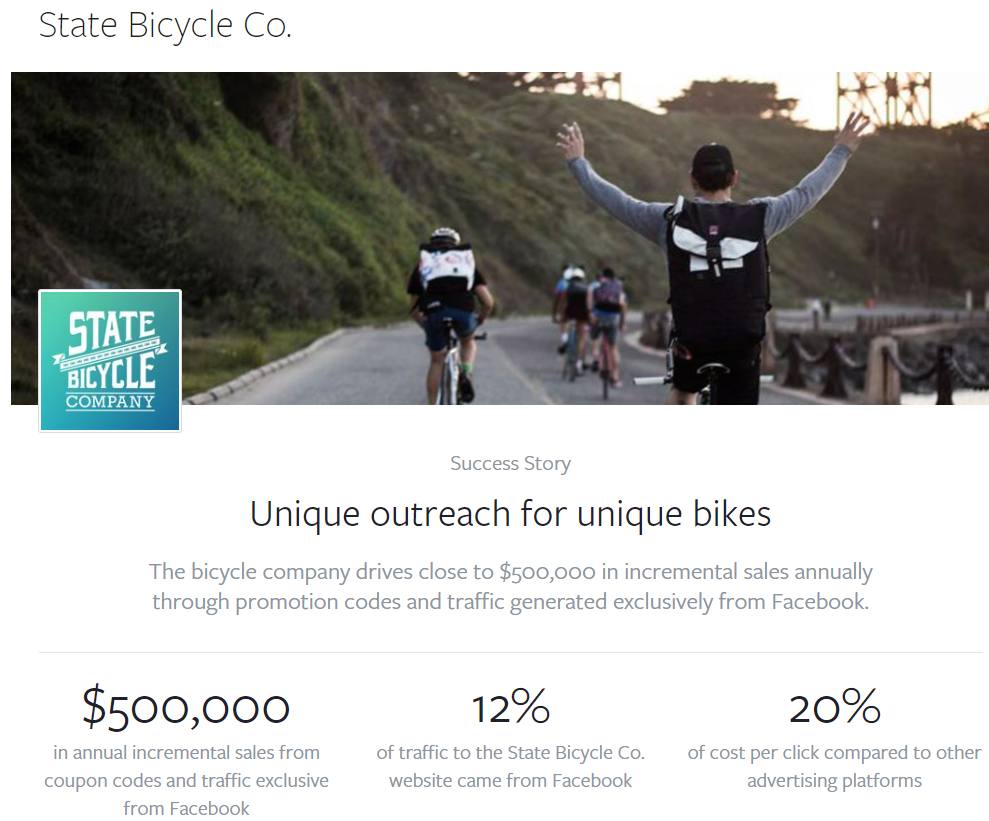
15. Public relations
In this channel, you’re trying to get press coverage for your online store. This can be getting featured on a small blog or a primetime TV appearance. The key is to provide something of value or interest to the audience of the person you pitch to without blatantly trying to sell.
Works best: Stores with niched and/or unique products can get the press’s attention.
Our recommended readings on PR for eCommerce
16. Offline ads
These are traditional advertisements in magazines, newspapers, billboards, on radio, or TV. Due to the COVID pandemic, the volume and offline prices felt drastic, but with the vaccine’s discovery and the relaxation of lockdown measures, you can spot some awesome deals and get eyes on your offline ads. Using these to market your store might be counter-intuitive, but they still offer a great way to reach a big audience.
Works best for: All kinds of stores that aim for branding and sales.
17. Existing platforms
The customers you want are already hanging out online. Depending on your audience, you can reach them on Facebook, Instagram, YouTube, or Twitter.
Once you know where your potential customers hang out, you can figure out how to reach them and get more exposure for your message and brand.
Example: Nasty Gal is using Instagram to inspire its followers and show off new products. So far, they’ve gathered over 1.5m followers to show off their products and brand.
18. Run Promos on Deals Sites
Another excellent tactic for driving traffic to your site is promoting your offers and discounts through deals sites. You may not have a year-round offer, but when you come up with a promotion, make sure you get in touch with them.
Here are some of the best websites through which you can promote your deals: Slickdeals, DealNews, TechBargains, Offers.com
You can even enhance the visibility of your deal by investing in advertising on these sites. Slickdeals, for instance, allows retailers to be part of their “Featured Deals”.
Promoting your offers on these deals sites is a great way to improve your website visibility among customers interested in grabbing the best deals. And if your offer is enticing enough, you can easily lead them to your site.
19. Business development
Develop partnerships with other people or companies to exchange value. You can reach its network to get more customers while offering them value through your audience or network.
Example: One king’s lane partnered with bloggers to create mood boards around some of the products on their site.
20. Engineering as marketing
This type of content marketing can be more work to create but is often more engaging than a simple text article or even a video. Quizzes are a type of content that is relatively easy to develop and produces high engagement. Check our complete guide on how to create quizzes and bring massive traffic to your website.
Creating highly engaging content is not easy as it may need interactive maps, tables with stats, complex quizzes. If you can’t find a plugin already done for you then you may need to ask for custom development services. Check our Best WordPress Development Companies top.
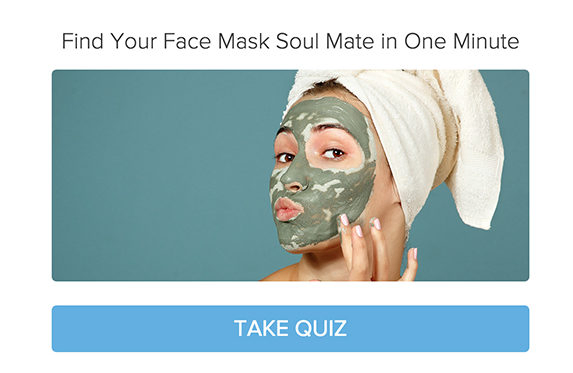
21. Community building
Selling is always more comfortable if you have a group of people that follow and believe in what you do. You can build this community on different platforms, via email, in the comments of your blog, or face-to-face.
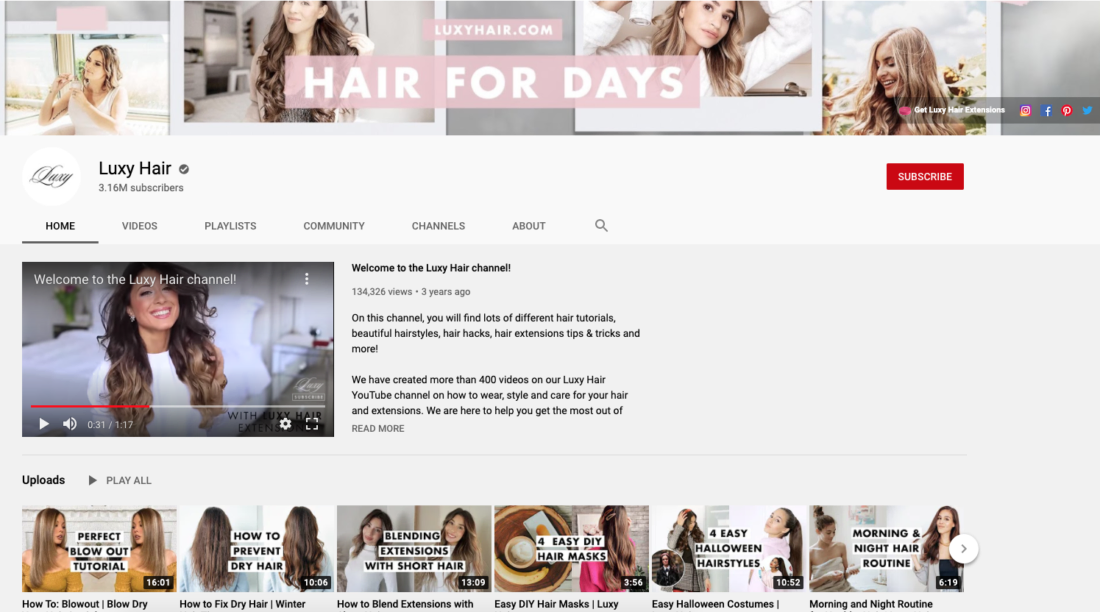
Our recommended readings on PR for eCommerce
Find the right marketing channel for your store.
Step 1: Brainstorm ideas
First, go through the list of channels below and develop a couple of ideas of how you could leverage every channel.
You’re probably familiar with or good at one of these channels, and that’s what you want to focus on. But, especially initially, it’s essential to keep an open mind and consider other avenues to pursue.
This could also mean that you could discover traction channels that are under-utilized in your industry. For example, while your competitors are battling fiercely over the same three ad slots at the top of the Google search results, you could be bringing in tons of new customers with YouTube videos.
This is still the brainstorming phase, so get those creative juices flowing. Who knows what that impossible and crazy idea can turn into!
Step 2: Evaluating your ideas
After the brainstorming, it is time to give every one of your ideas a little more thought. Use the following criteria to help evaluate them:
- How probable does it seem that this idea could work?
- What will it cost to acquire a customer on this channel?
- How many customers can you expect to acquire through this channel?
- What is the timeframe needed to run tests?
It’s ok if you don’t have an exact answer to these questions. For now, your best “guestimate” will do.
Also, do not dismiss a specific channel because you think it might not generate many results or too much work to keep up. Especially when you are starting, you have to do whatever you can to move the needle.
Or as venture capitalist Paul Graham puts it:
Step 3: Prioritize the channels.
When you put numbers on paper, you get a more realistic view of what channels make sense to try today.
Try to make a shortlist of 2-3 channels and think of a couple of ways how you could test them on a small scale. Read the examples below, google for some basics and get something out there to see how your audience responds. Don’t overthink it or try to have everything perfect out of the gate.
If you’re considering running ads on Facebook, run two ads for a couple of weeks and check the results. Consider that offline events are the way to go? Organize a small get-together and see how many people turn up and what kind of response you get there.
Step 4: Test, Test, Test
If you start with 2-3 channels, you can run tests in parallel. While you are waiting for the replies of the people you’ve reached out to, you can already tweak your ad campaigns.
When designing and running these tests, you should try to get more detailed answers to the following questions:
- What will it cost to acquire a customer on this channel?
- How many customers can you expect to acquire through this channel?
- Is this channel giving you the customers you want right now?
All of the questions above are focused on generating sales. But don’t get discouraged if the orders don’t come rolling in overnight.
If you do not see new sales, look for other signs on the right track. These can be positive feedback from people on your site, new email sign-ups, visitors browsing the product page on your website. The goal is not to get a significant number of customers, yet it is to test which channels can increase traction.
If you see one channel with potential emerging, it is time for the next step. If not, go back to the brainstorming phase.
Step 5: Focus
Now that you’ve discovered a channel with the potential, it is time to go deeper and focus.
Invest more time and resources to learn everything you can about it. Can you find companies in other industries that have had success with this channel? Which of their approaches can you use for your store?
Try to break down the different parts that result in success in this channel. Then find out how you can improve every single aspect better. If you’ve found promising results from Google Ads campaigns, you can start to test different keywords, ad copy, or landing pages.
Your goal should be to focus on this channel and keep improving until it stops working.
Step 6: Expand
You might have grown so big that the number of customers you can add through this channel isn’t worth it anymore, or it might dry up altogether and become too expensive to find more customers.
Then it is time to go back to the brainstorming phase and find your next traction channel. Like this, your business will keep growing, and your traction channels will be changing.
With a bigger email list, more brand recognition, industry contacts, and a bigger marketing budget, new opportunities will present.
Find Your Best Marketing Channel
Instead of trying a little bit of everything and getting nowhere, this article’s framework will help you find the right channel to help your store grow to the next level!
If you’re struggling to get traction for your online store, check out our E-commerce section to learn more about getting traffic and increasing sales!
 Monetize.info We Help You Grow & Monetize Your Online Business!
Monetize.info We Help You Grow & Monetize Your Online Business!

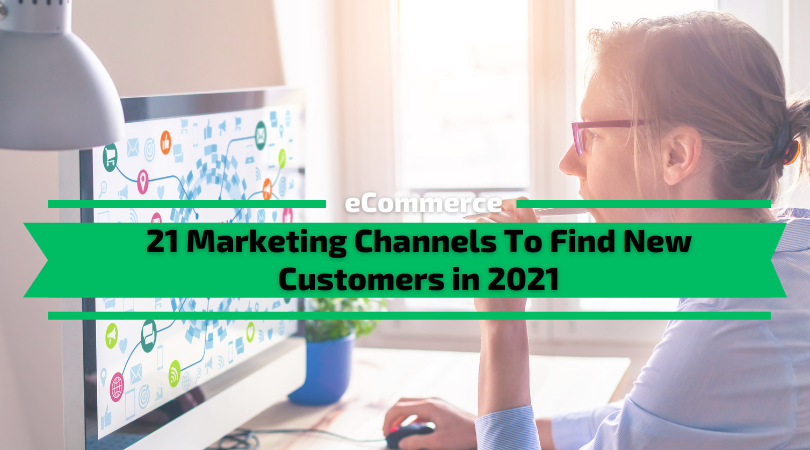
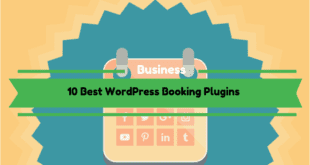
![How to build backlinks for eCommerce [The Ultimate Guide]](https://monetize.info/wp-content/uploads/2020/07/How-to-build-backlinks-for-eCommerce-The-Ultimate-Guide-310x165.webp)



